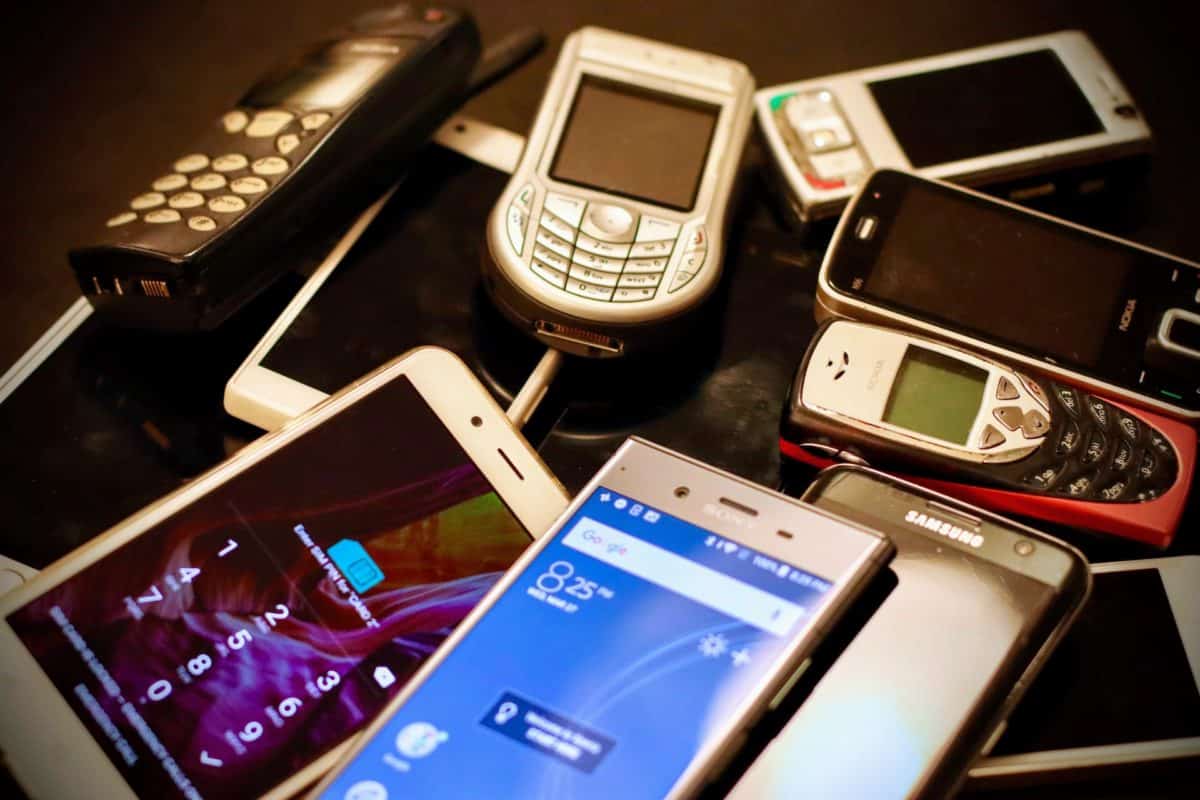The E-waste Problem: How Companies Can Address This Issue

Electronic waste or e-waste problem is the fastest-growing waste stream. While bodily wastes, such as plastics, papers, and other items, are something the world is constantly dealing with, another category of waste has been under the watch of companies and governments for a while now. Electronic waste, or e-waste, is used for waste electronics and electrical equipment. This type of waste has been growing at an alarming rate and is now deemed the fastest-growing waste stream in the world.
The e-waste problem is global, and it is estimated that the world will produce 44.7 million metric tons of e-waste in 2020. This number is expected to grow to 52.2 million metric tons by 2021. The problem is that most electronic recycling is not being implemented. Furthermore, e-waste is being dumped in landfills or incinerated.
Steps That Would Help Address the E-waste Scenario
There are several steps that companies can do to discuss the e-waste problem. Here are some of the most prevalent ones:
1. Raising Awareness about the E-waste Problem
Let’s face it. Not everyone knows about electronic recycling and how e-waste can damage the environment. Electronic waste, or e-waste, is any electronic device that is no longer wanted or needed, such as old cell phones, laptops, televisions, and digital devices. In fact, e-waste can contain harmful chemicals and metals that can contaminate soil and water if not disposed of properly.
One way to inform people about the dangers of e-waste and how to dispose of these devices properly is by organizing electronic recycling events. These events provide a safe and convenient way for people to drop off their old electronic devices, and the recyclers will then dispose of them environmentally friendly.
2. Promoting E-waste Recycling
Another way to address the e-waste problem is to promote recycling. In fact, reusing electronic equipment can help reduce the amount of waste going into landfills. It can also help conserve resources and energy.
There are several ways to recycle electronic equipment. For example, many communities have e-waste collection events where residents can drop off their old electronic devices. Some electronics manufacturers also have recycling programs. And many online recyclers will accept electronic equipment from people across the country.
3. Encouraging Responsible E-waste Disposal
Another way to address the e-waste problem is to encourage responsible disposal. This means people should try to donate or recycle their old electronic devices instead of throwing them in the trash.
There are several techniques to dispose of old electronic devices responsibly. For example, you can donate them to a charity or a local school. In addition, you can sell your gadgets online or at a pawnshop. After all, some people are willing to buy gadgets for a lower price.
4. Supporting E-waste Recycling Programs
Finally, another way to address the e-waste problem is to support e-waste recycling programs. These programs allow people to recycle their old electronic devices and help keep them out of landfills.
There are several ways to support e-waste recycling programs. For example, you can donate money to a local e-waste recycling program and volunteer your time to help run local e-waste recycling programs.
Final Thoughts
The e-waste problem is a huge issue that companies are currently addressing. There are various approaches to recycling and reusing e-waste, but the most important thing is to find a way to keep it from becoming a problem in the first place. By promoting proper e-waste disposal and electronic recycling, they help resolve this issue.
Atlanta Green Recycling promotes reliable and beneficial electronic recycling services in Atlanta to help reduce e-waste worldwide. Get in touch with us today for more information!
To get started recycling your e-waste & old electronics, give us a call at (404) 999-4758 or complete the schedule a pickup form for businesses.